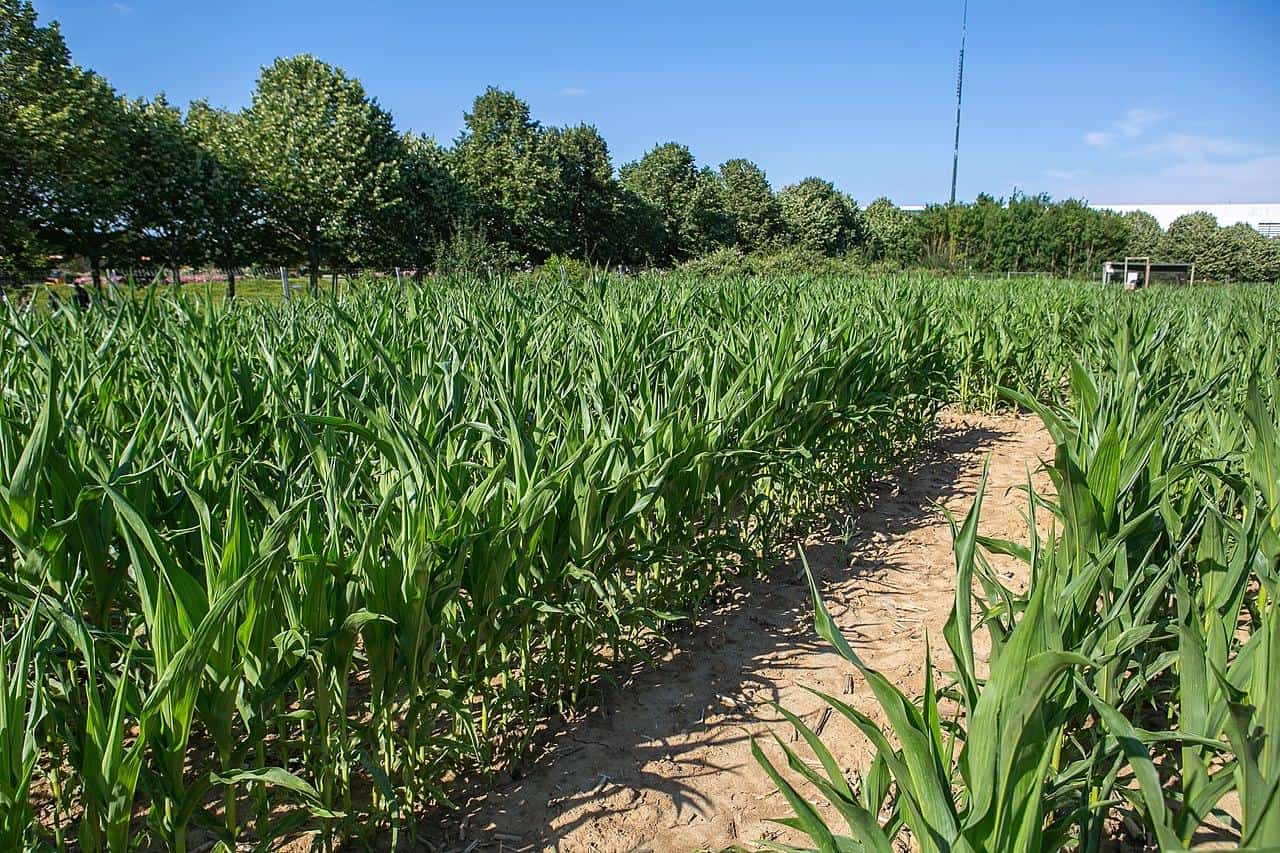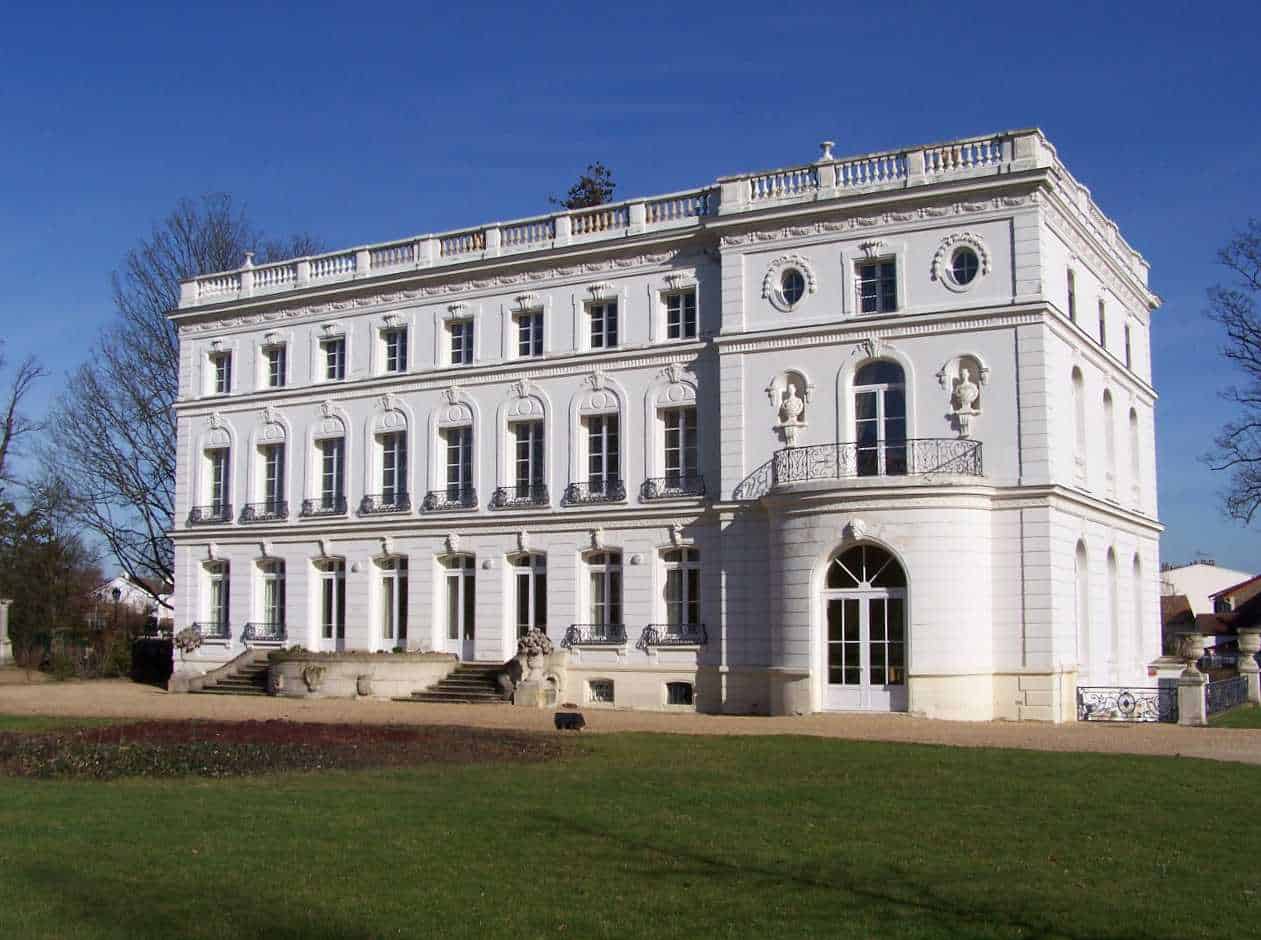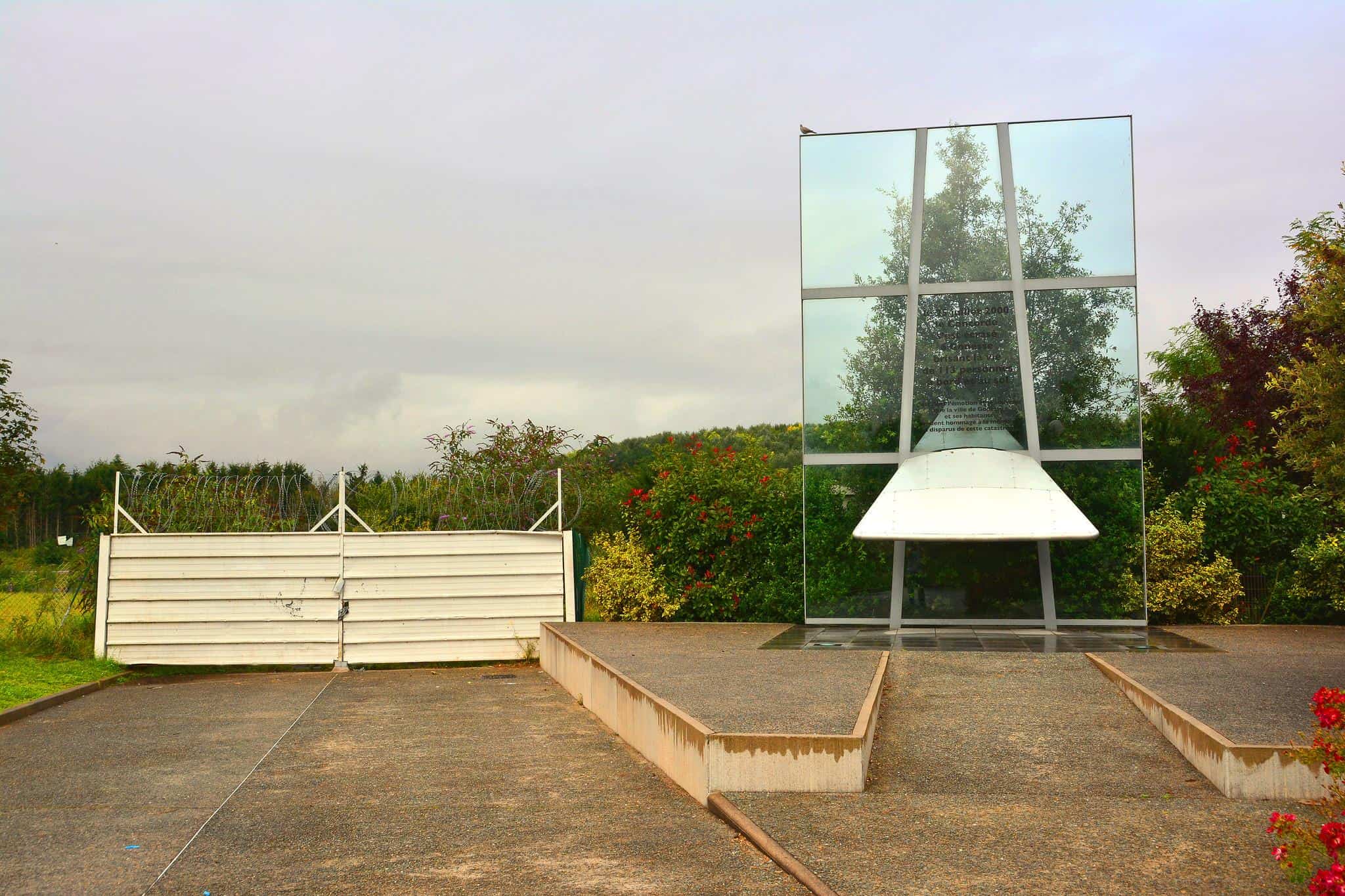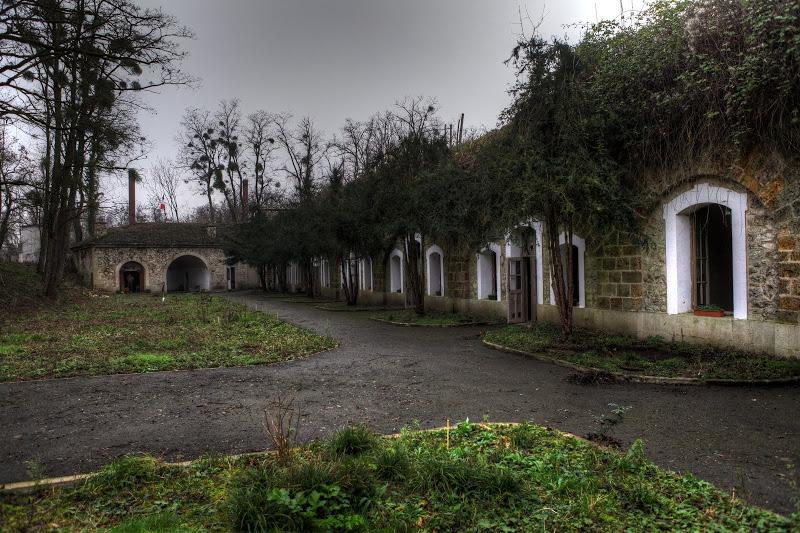
With more than fifteen million annual visitors, Paris is the world’s third most visited destination, and for a good reason. Visitors flock to view the world-renowned Eifel Tower, stand in long lines to visit the Louvre Museum and see the Mona Lisa, and walk down the Champs-Élysées, taking in the sights of the Arc de Triumph, Place de la Concorde and some of the city’s most famous bistros. While fascinating, the main tourist sites in Paris can get extremely crowded. The great news is that you can visit dozens of places around the city of love without being overwhelmed by fellow tourists. Let’s take a look at seven unconventional nooks you can visit around Paris to help you enjoy the city without worrying about the hustle and bustle of commercialized mass tourism.
Located on the outskirts of Paris, the labyrinth at Sénart au Carré is not necessarily on the top of every tourist’s list when they visit France. But maybe it should be. Visitors can dive into the carefully curated maze that has been laid out in the fields and take part in a number of unusual games and quests while getting to know more about the history of the area. What’s more, you can take place in an awesome “Murder Mystery” event in the labyrinth, where you have to hunt for clues throughout the maze and discover the culprit. It’s an ideal attraction for visitors with families and can provide a day of entertainment and mystery for just 8 Euros per person (6 Euros for children).

Inside the Sénart au Carré Labyrinth
photography by: Poudou99
Nestled in the town of Buc in the periphery of Paris, this impressive Château du Haut-Buc is well worth a visit. Upon arrival, you are greeted by the majestic castle gardens that were redeveloped by Eric Pouchin in the 1990’s. The beautifully manicured lawns are complemented by the unusual yet intriguing collection of five impressive sculptures: an airplane, an allegory of spring, a sphinx, a pair of panthers and a Hebe with the eagle of Jupiter. Although they seem random, they’re actually the copied works of French artists Etienne Le Hongre and Pierre I Legros.
The castle itself was initially built in 1740 but was later destroyed on the orders of Louis XIV. The building that stands on the grounds today was completed in 1866 and has served as a royal home, an occupied German military base and an elementary school. As it’s only a short drive from Paris, an afternoon at the Castle of Buc is a pleasant way of avoiding the crowds of the city center.

The Castle of Buc's Façade
photography by: Henry Salomé
Located to the west of Paris, The Quarries of Gaillon are a labyrinth of underground networks that extend over an area of 12 kilometers and drop 200 meters below the earth’s surface. The quarries were first dug in the 12th century and were active right the way through until the year 2000. They’re particularly impressive thanks to their Gothic-style double-arched entrance that was built in 1765.
These entrances made it possible to reinforce the quarries and today are the first thing visitors see when they approach the impressive quarry network. Many of the most prominent buildings in Paris were built with stones from the Quarries of Gaillon, including the Palais-Bourbon and the Ministry of the Marine Place de la Concorde. When safe, visitors can enjoy a guided tour of the quarry complex but failing that, a virtual tour can be enjoyed at the end of “The Banks of Herblay-Sur-Seine” walk, which is popular with visitors to the region.
There are few places in the surrounding areas of Paris that offer a better panoramic view of the city than that which can be enjoyed from the Parc de la Butte des Châtaigniers. If you climb to the top of the steps in the center of the park (125 meters high), you can look down and enjoy an incredible view of Paris and marvel at the many skyscrapers, apartment blocks and other points of interest.
If it’s a clear and warm day, be sure to pack a picnic and relax on the grassy banks while chatting with your friends or family while taking in awesome views of the Eifel Tower and Montmartre. After your picnic, you can walk around the several footpaths within the park, and thanks to a recent redevelopment project, the area is populated by more than 40,000 trees which add to the overall landscape of the park and its surroundings.
On 25th July 2000, Air France Flight 4590 ran over debris on the runway during take-off at Paris Charles de Gaulle Airport, blowing a tire, which then sent debris flying into the underside of the left-wing and into the landing gear bay. The Concorde caught fire, and the pilot was unable to control the plane, which led it to crash into a hotel in nearby Gonesse, killing all 109 people on board, as well as four hotel employees on the ground. It was the only fatal accident during Concorde’s 27-year operational history, but the fatal crash was the direct cause of the end of the aircraft’s career. The service was eventually retired in 2003.
When you’re visiting Paris, you can travel out to the memorial site at Gonesse and pay your respects to those who tragically lost their lives on the doomed flight. Unlike typical memorials of its kind, it doesn’t list the names of those who sadly died, focusing instead of the tragedy as a whole. It consists of a transparent rectangular panel, pierced by a 45 degrees triangular piece of metal, symbolizing the jet’s angle before crashing.
The memorial is positioned just in front of closed double gates that lead into the field of the actual crash site itself.

The Concorde crash memorial
photography by: Mike McBey
The Base Regionale de Loisirs de Saint-Quentin-en-Yvelines was established in 1969 as an outdoor leisure center that would serve the residents of Paris and the surrounding areas. The incredible site spans 600 hectares and offers a range of activities to visitors. Perhaps most impressive about the site are the accessible nature trails and picnic areas, which provide an ideal location for a family outing to escape the hustle and bustle of nearby Paris. The area serves as an important nature reserve and protects the countryside from urban encroachment.
Within the designated area, visitors can enjoy activities such as swimming, sailing, golf, and fishing, and the variety of opportunities and activities makes this a popular place at the weekend. It’s an affordable place to visit, too, and you’re only required to pay 2 euros to enter with your vehicle. If you’re looking for a way to enjoy the beautiful weather in the surrounding areas of Paris, a trip to this pristine nature reserve is well worth your consideration.

Leisure Base Natural Reserve's reed-rich banks
photography by: Lionel Allorge
Located in the commune of Courtry, Fort de Vaujours is one of the forts that was initially built at the end of the nineteenth century in order to protect the city of Paris. At the time, Paris was partly occupied by the Prussian army, and as a result, the French built a series of defenses around the capital to prevent any further incursion. It was later utilized during the Second World War as a defense against the advancing German soldiers, and it was badly damaged in the late 1940’s.
From 1955, the fort was used by the French as a nuclear research center, where several pyrotechnic experiments took place in order to study the effects of high-pressure shock waves in uranium. It was used in this way until it was closed in 1997 and has remained empty since. The remains of this abandoned fort can be explored by foot, and wandering around the eerie corridors, and surviving buildings gives you a chance to step back in time and experience a site of important military significance in French history. As it’s located just on the outskirts of Paris, it can make for an enjoyable afternoon outing to get away from the crowds within the city.

The southern battery of Fort de Vaujours
photography by: Christophe NEDELEC